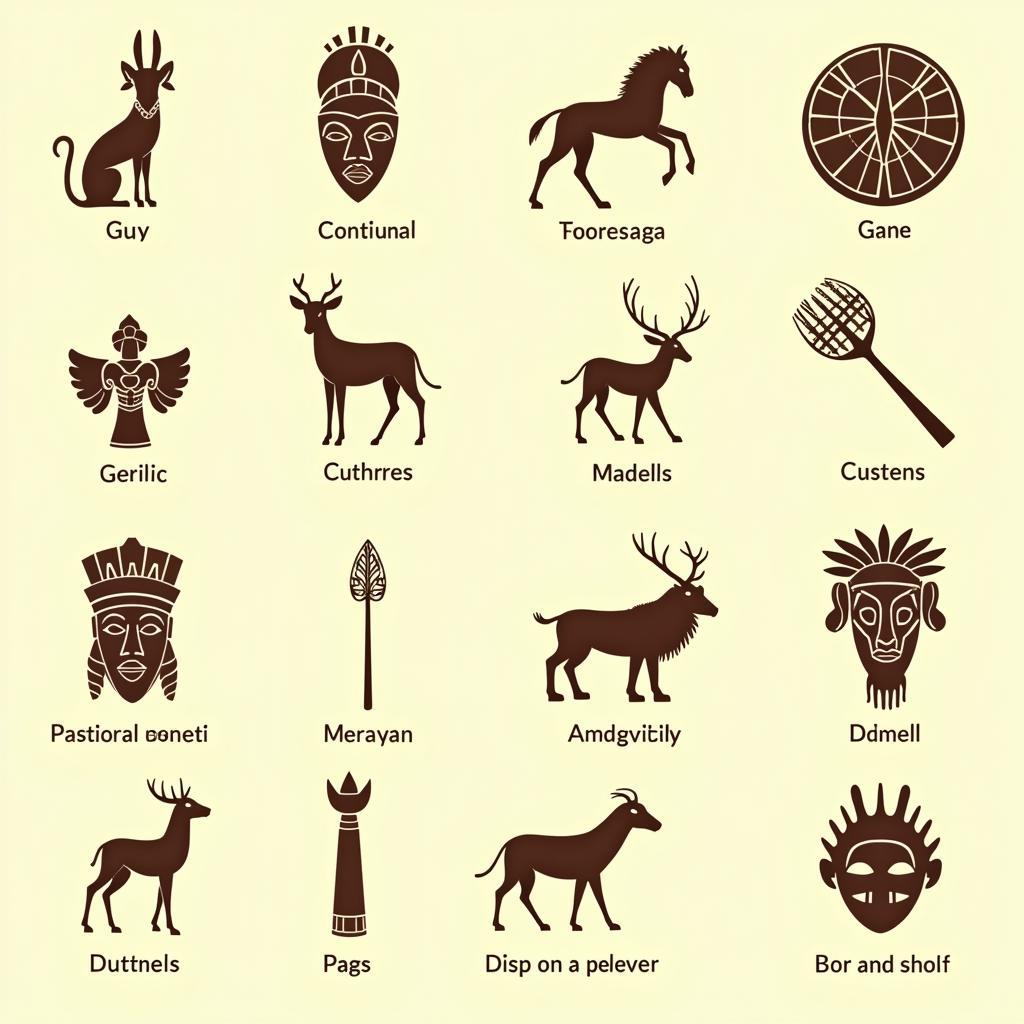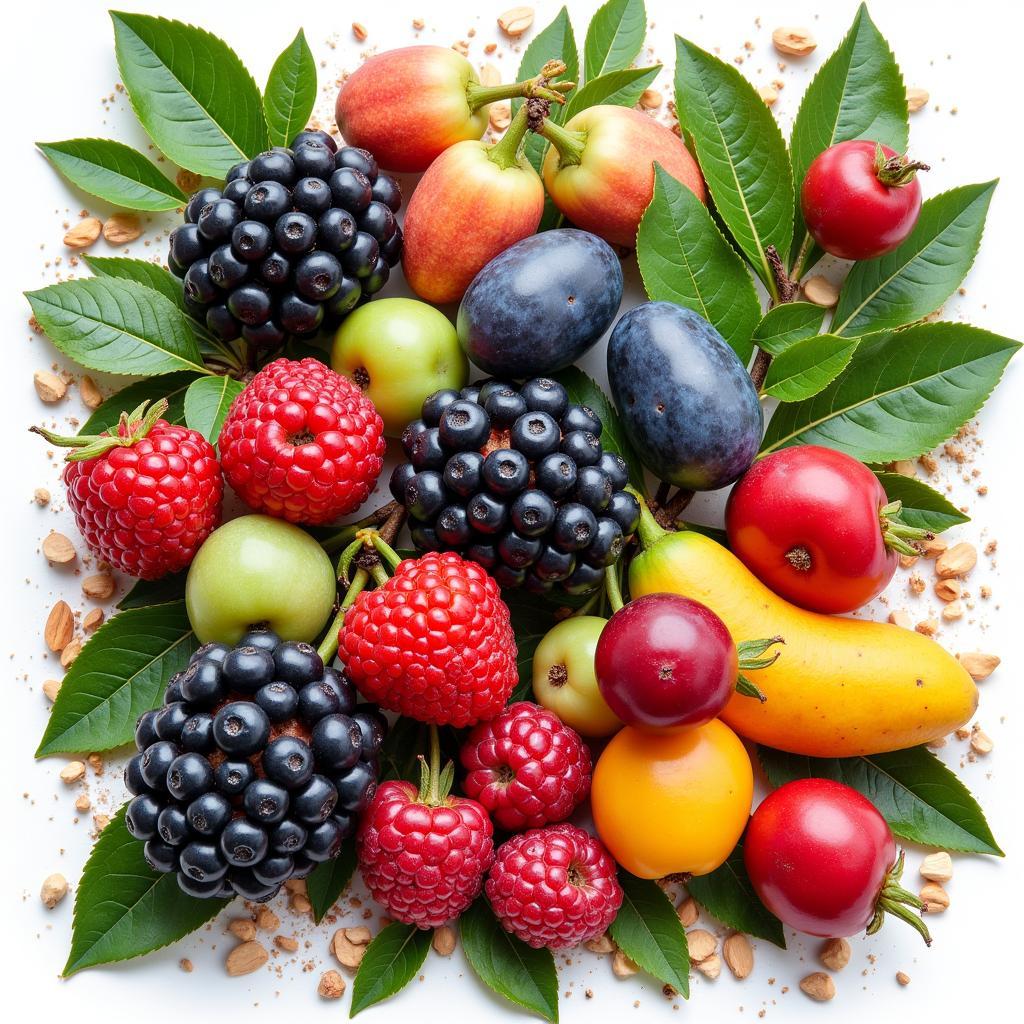Exploring the Intricate World of African Basket Designs
African basket designs are more than just containers; they are intricate expressions of art, culture, and history woven into the very fabric of communities across the continent. From the vibrant colors and geometric patterns to the unique materials and techniques employed, each basket tells a story, reflecting the traditions, beliefs, and daily lives of the people who create them. These baskets serve both practical and ceremonial purposes, demonstrating the ingenuity and creativity of African artisans.
Choosing the right African basket design can be a journey of discovery. Do you prefer the bold, graphic patterns of Zulu baskets or the more subtle, earthy tones of those from Botswana? Are you looking for a large, sturdy basket for storage or a smaller, more decorative piece? Understanding the diverse styles and their origins will not only help you find the perfect basket but also connect you to the rich cultural heritage they represent. Soon after getting your first basket, you might even consider complementary decor pieces like you’d find in an African bathroom.
The Diversity of African Basket Designs
African basket designs vary significantly across the continent, reflecting the unique environments and cultural practices of different regions. Each tribe and community has developed its own distinctive style, incorporating specific materials, weaving techniques, and decorative motifs. For example, the tightly woven baskets of the Berber people of North Africa, often adorned with geometric patterns, contrast sharply with the more open, coiled baskets of the Zulu people in Southern Africa, which are known for their vibrant colors and intricate designs. These variations showcase the incredible diversity of African artistry. This would pair well with some African furniture design to create a cohesive space.
Understanding Regional Variations in Basketry
From the coiled baskets of the Himba people of Namibia, often adorned with ochre and beads, to the intricately woven Bolga baskets of Ghana, each region boasts unique traditions. The materials used also vary depending on local resources, from grasses and reeds to palm leaves and recycled plastic. These variations in materials, techniques, and designs offer a fascinating glimpse into the diverse cultures of Africa. You might even be inspired to find an African clothing store in Miami to complete the look.
The use of natural dyes and pigments further enhances the beauty and uniqueness of African baskets. Many communities utilize plant-based dyes, creating rich hues that reflect the natural world around them. Indigo, for example, is a popular choice, producing deep blues and purples. Other natural dyes derive from roots, barks, and berries, resulting in a wide range of earthy tones.
Symbolism and Meaning in African Basket Designs
Beyond their practical uses, African baskets often hold symbolic meaning. The patterns and motifs woven into the baskets can represent important cultural values, beliefs, and stories. For example, some designs represent ancestral spirits, while others symbolize fertility or abundance. Understanding these symbolic meanings adds another layer of appreciation for the artistry and cultural significance of African baskets. These beautiful and symbolic pieces would make great African accessories.
Practical and Ceremonial Uses of African Baskets
African baskets play a vital role in everyday life, serving a wide range of practical purposes. They are used for carrying goods, storing food, and transporting water. In addition to their utilitarian functions, baskets also hold ceremonial significance in many African cultures. They are often used in rituals, ceremonies, and celebrations, symbolizing community, tradition, and connection to the ancestors. Are you looking for a traditional African head basket?
Weaving Techniques and Materials
The techniques employed in African basket weaving are as diverse as the designs themselves. Coiling, twining, and plaiting are common methods, each requiring skill and precision. The choice of materials often depends on local availability and the intended use of the basket. For example, strong, durable materials like ilala palm are used for large storage baskets, while more flexible materials like grasses and reeds are preferred for smaller, decorative baskets.
Preserving and Celebrating African Basketry
African basket designs are a testament to the creativity, ingenuity, and cultural richness of the continent. By appreciating and supporting the artistry of African basket makers, we contribute to the preservation of these important cultural traditions. Collecting African baskets not only adds beauty to our homes but also connects us to a vibrant and enduring heritage.
You may also find traditional African clothing and accessories a great complement to any African basket collection.
In conclusion, African basket designs represent a rich tapestry of cultural expression, showcasing the diverse artistry and traditions of communities across the continent. From their practical uses to their symbolic meanings, these baskets hold a unique place in African Life, offering a glimpse into the vibrant heritage and creative spirit of the people who create them. Understanding the history and significance of African basket designs allows us to appreciate the intricate artistry and cultural stories woven into each piece.
FAQ
- What are African baskets made of? Materials vary widely, including grasses, reeds, palm leaves, and even recycled plastic.
- How are African baskets made? Common techniques include coiling, twining, and plaiting.
- What are the uses of African baskets? They serve both practical purposes, like storage and transport, and ceremonial roles in rituals and celebrations.
- Where can I buy authentic African baskets? Fair trade shops, online marketplaces specializing in African crafts, and directly from artisans are good options.
- How do I care for my African basket? Keep it dry, avoid direct sunlight, and dust it regularly with a soft cloth.
- What is the significance of the patterns on African baskets? They often hold symbolic meanings related to cultural values, beliefs, and stories.
- Are African baskets expensive? Prices vary depending on size, complexity, materials, and the artisan’s reputation.
For further assistance or inquiries regarding African basket designs, please contact us at: Phone: +255768904061, Email: [email protected] Or visit us at: Mbarali DC Mawindi, Kangaga, Tanzania. We have a 24/7 customer service team. You may also be interested in learning about African accessories or checking out our African head basket collection.



